Hoya Australis – Common Wax Flower – Column
$43.99 Original price was: $43.99.$30.79Current price is: $30.79.
- Shop with ease, buy with confidence.
- Free Shipping, Quality Goods
- High quality products, low prices.
- Quality You Can Count On

Wax plants have beautiful, long slender stems covered with thick, glossy, succulent leaves. They are popular as a houseplant due to their attractive foliage and clusters of sweet scented, star shaped pink-white flowers.
Hoya australis is an evergreen, climbing vine. They are long-lived and grow to long lengths if left untrimmed.
Other common names include Waxvine, Honey Plant and Porcelain Flower. They are relatively easy care, with air-purifying qualities and are a houseplant classic.
Hoya australis – Common Wax Flower Care & Info Guide
Horty Hints
Growing, Growing, Gone! These fast-growing vines can get up to 10m high in the right environment. Give your plant plenty to climb up, or alternatively grow it back down the way.
Hoya flowers may produce drops of sticky nectar, this is completely normal but remember to protect your furniture.
Feeling the Burn! While this plant needs some sun in order to bloom, it’s important not to overdo it. Bleached or browning leaves might suggest a change of location.

Light
Needs bright, indirect light and can cope with some light shade – though this may prevent blooming. Will benefit from some early morning or late afternoon sun, but avoid harsh midday sunlight. Does well under artificial lights making it ideal for office environments.

Watering
Hoya are succulents and store water. Allow the top half of the soil to dry-out between waterings, then water deeply and allow to drain thoroughly. Do not overwater as too much water will kill the plant. Water sparingly in winter and more liberally in summer.

Temperature
The Common Wax Flower is happy in normal and slightly higher room temperatures: 18-24°C. Avoid draughts and extreme temperatures. This plant prefers to be kept warm, i.e above 16°C.

Humidity
Prefers higher levels of humidity. Will thrive in typically steamy rooms such as the kitchen or bathroom. Mist regularly to give your plant an added boost.

Feed
Apply a weak general purpose fertiliser during the summer months.

Height & Growth Rate
This Hoya is a fast-growing climber which often grows trails up to 3 metres in length. Prune trails in spring to maintain desired length.

Toxicity
The sap contains latex which is a skin irritant and is considered toxic, therefore keep away from children and animals.

Origin
The Hoya australis, and the Hoya genus as a whole, originate from East Asia and Australia.
| SIZE: Pot Diameter x Total Height | 17 x 60cm, 24 x 120cm |
|---|
Be the first to review “Hoya Australis – Common Wax Flower – Column” Cancel reply
Related products
HOUSEPLANTS
HOUSEPLANT STYLES
HOUSEPLANTS
HOUSEPLANTS
HOUSEPLANTS
HOUSEPLANT STYLES
HOUSEPLANT STYLES
HOUSEPLANTS


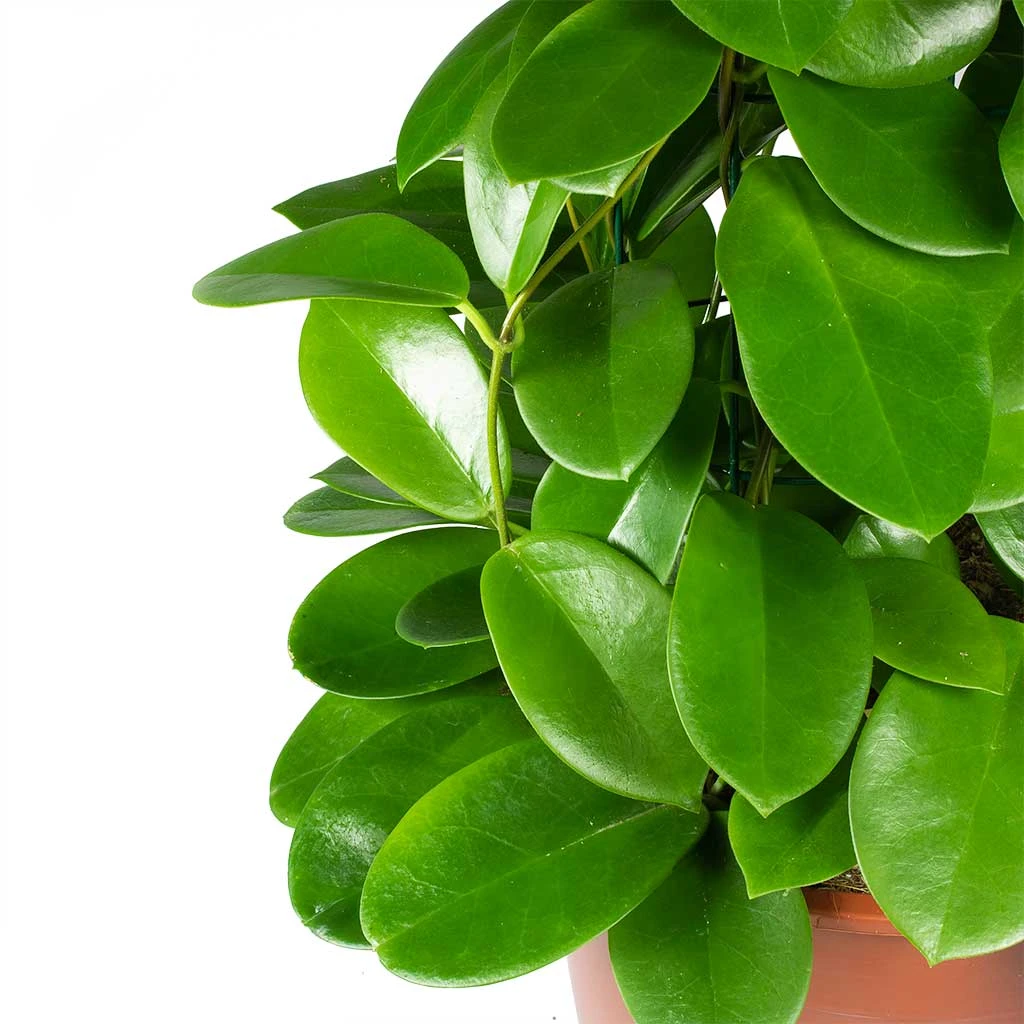


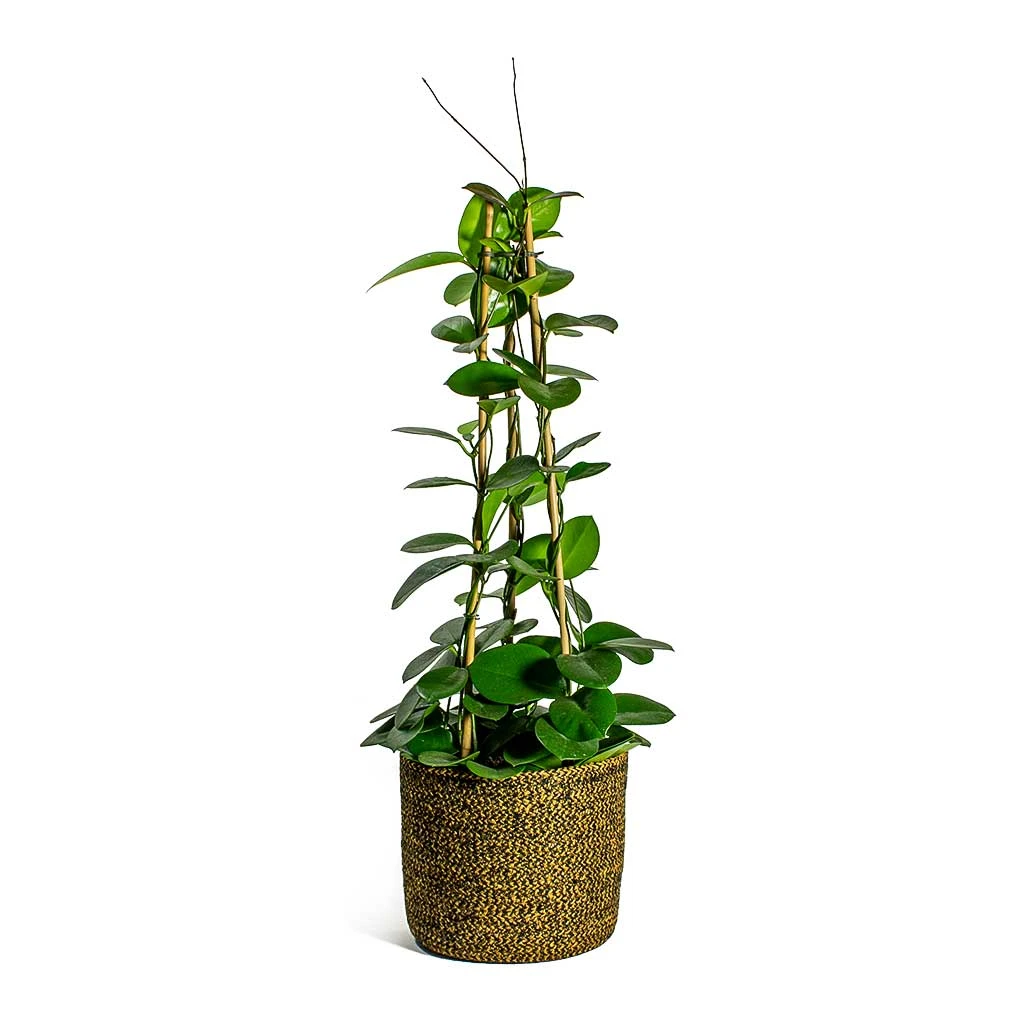

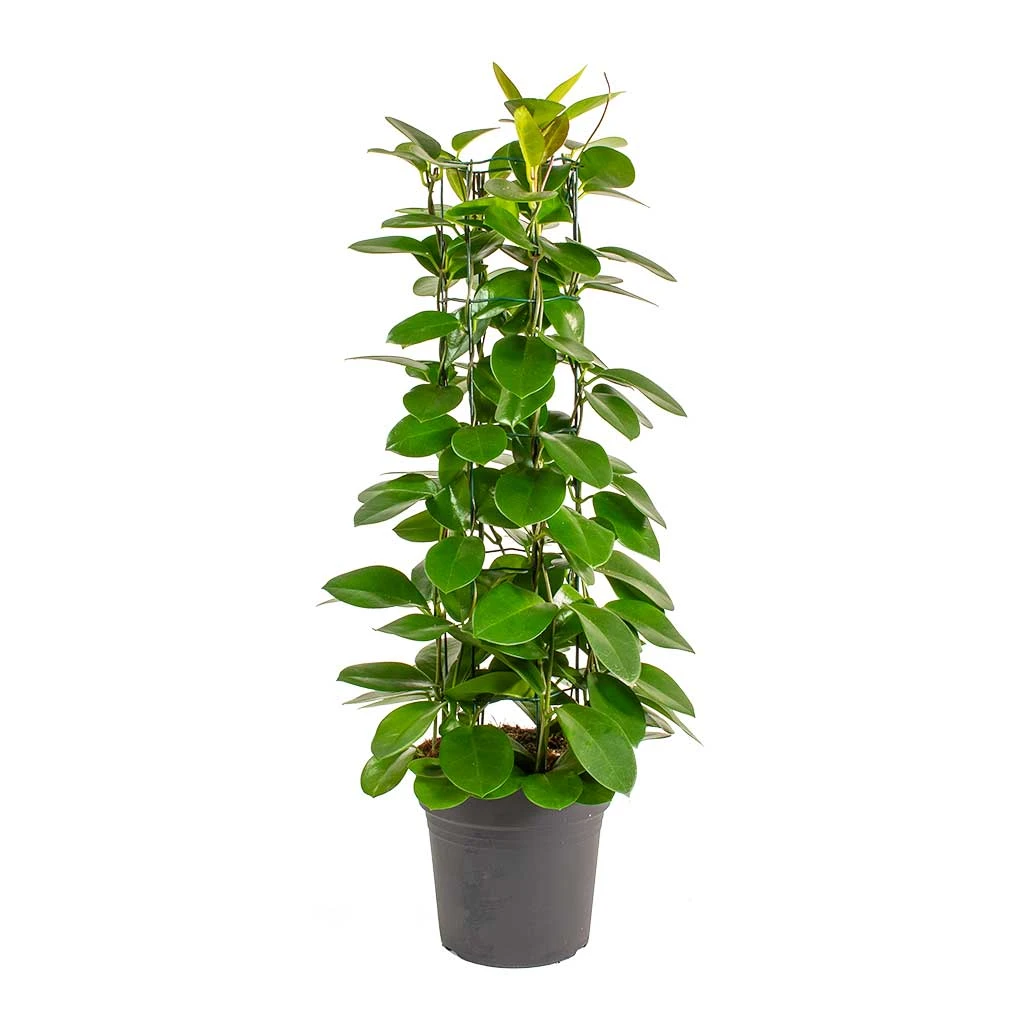






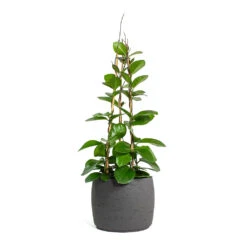




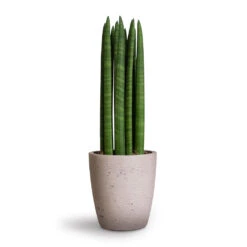

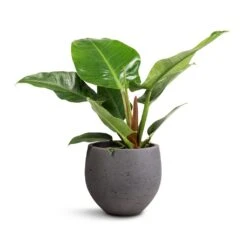
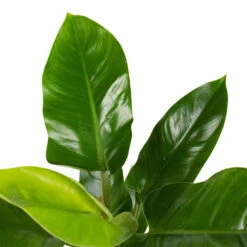
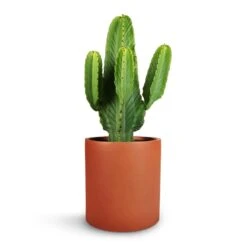
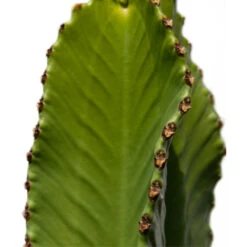


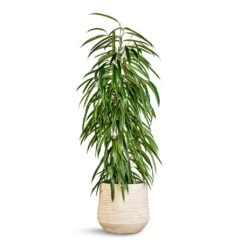


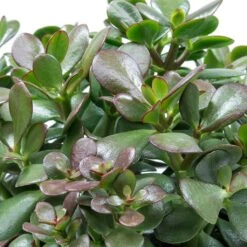
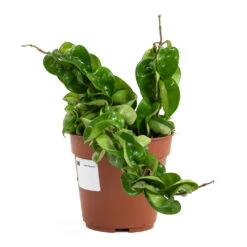

Reviews
There are no reviews yet.